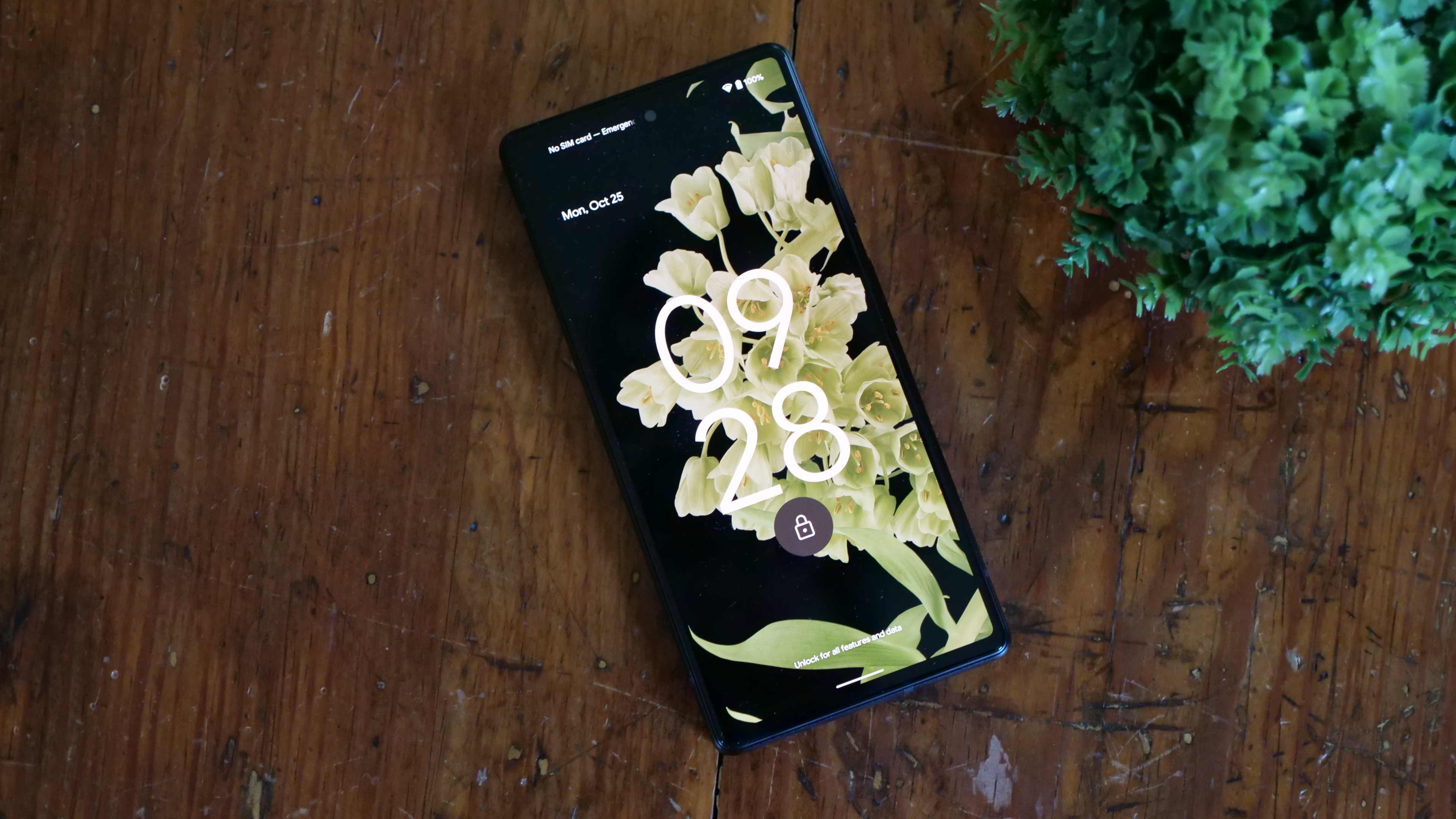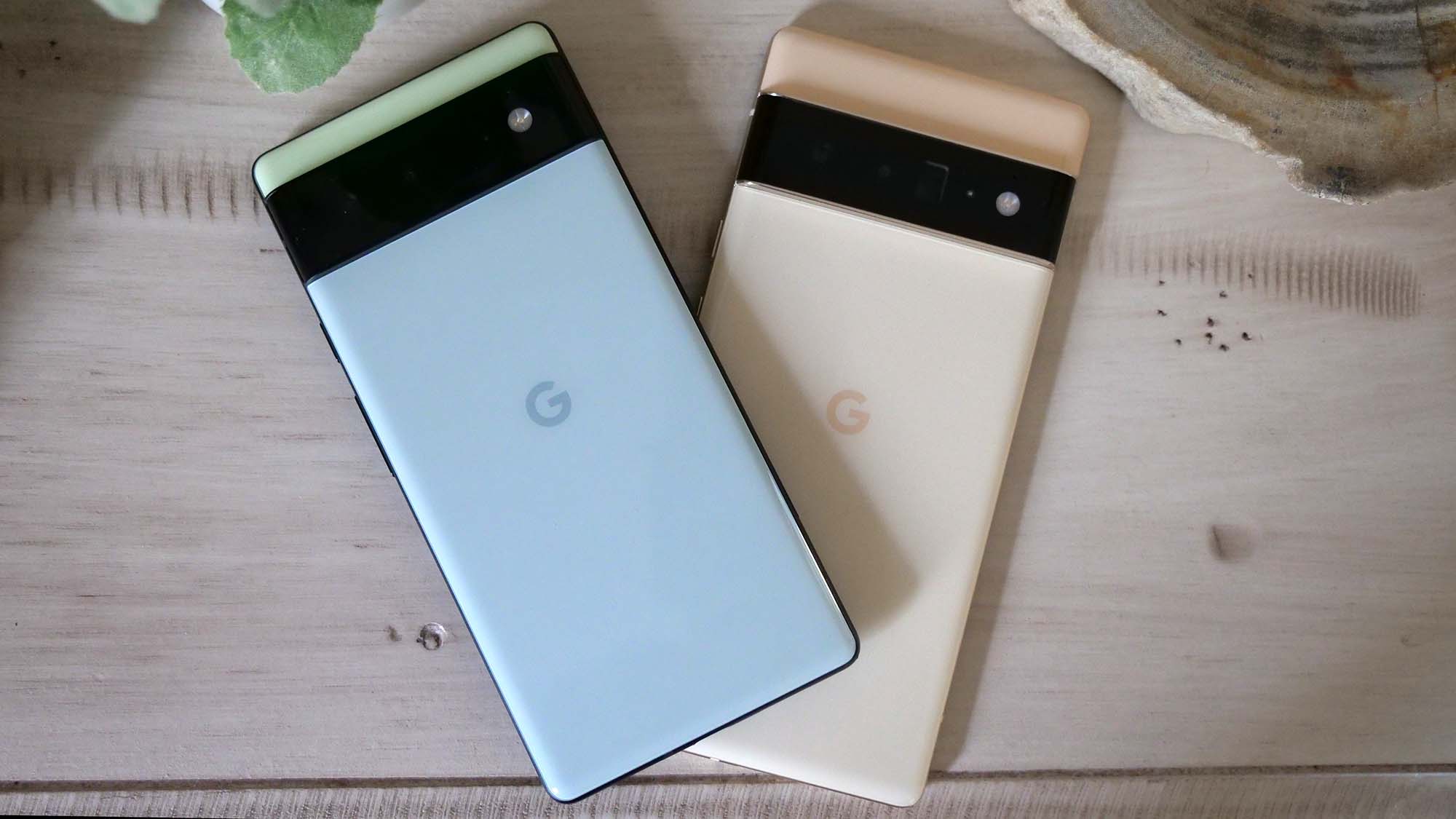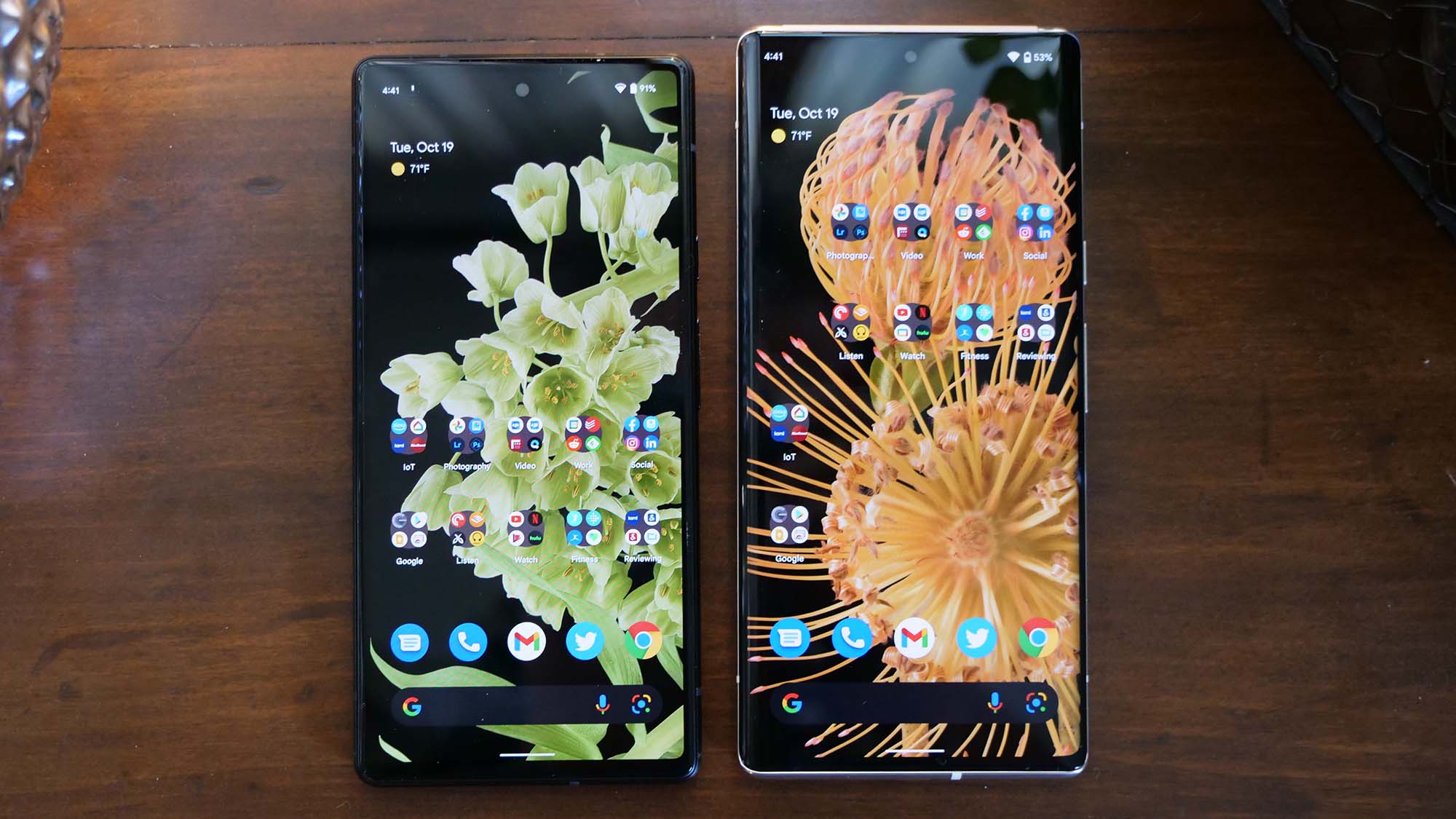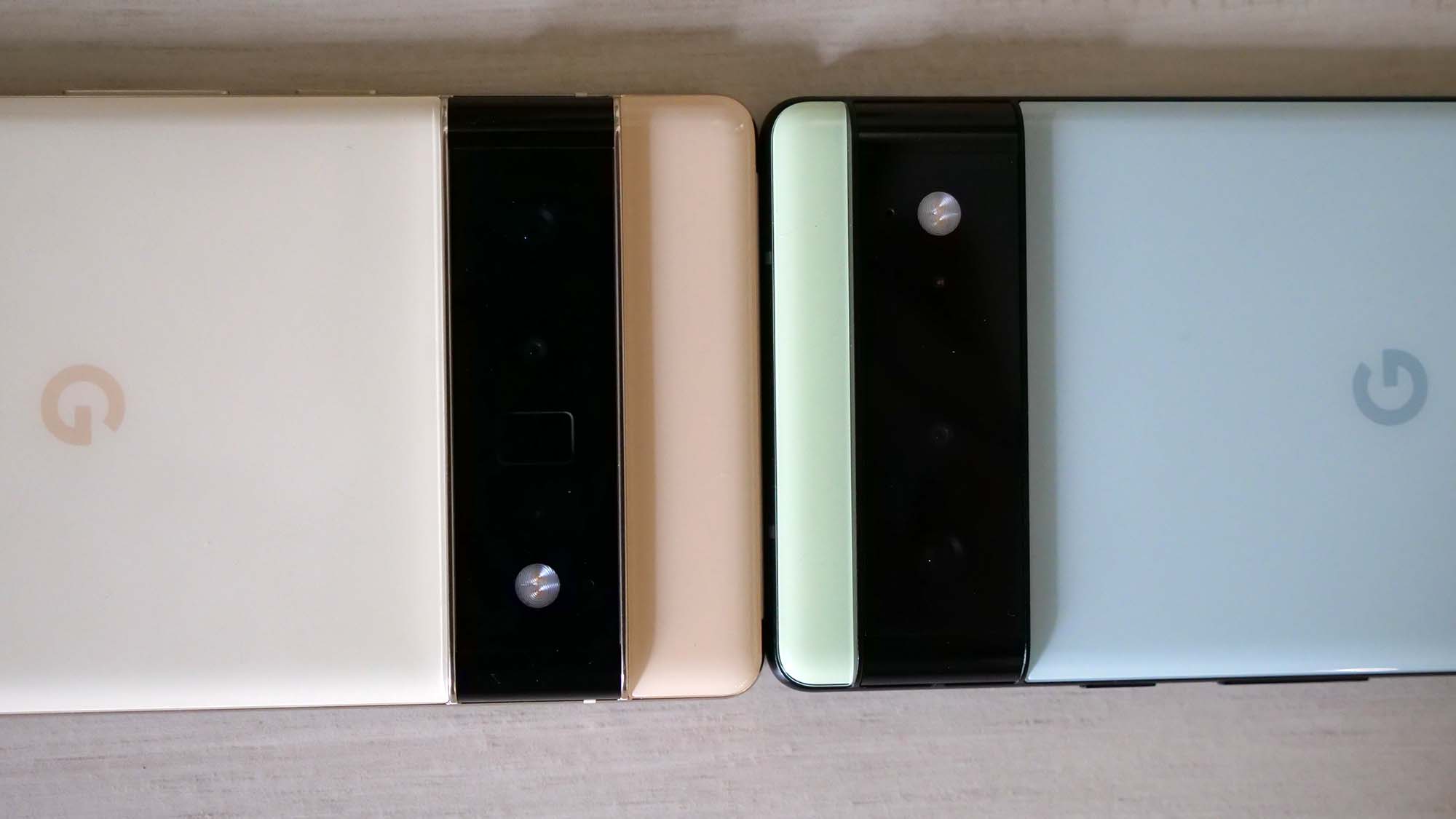Google Pixel 6 revisited review
Google claims to have fixed most bugs that ailed early Pixel 6 bugs. We put those claims to test in our revisited review

When I switched to an iPhone last year, the Google Pixel series was in disarray. Its latest flagship at the time, the Pixel 5, was discontinued in less than a year, and other than the mid-range Pixel 4a’s above-average figures, there was little for Google to hang on to. It seemed like the end of the road for its premium smartphone lineup, leaving me with no option but to jump ship. The latest Pixel 6, in many ways, represents a new line of phones with a fresh direction and Google’s in-house chip, and for a moment, it did seem like Google has, at long last, hit a home run. Then came the bugs.
The Pixel 6 was supposed to be Google’s hardware division’s knight in shining armor, and it had the ingredients to be one. It racked up rave reviews across the board, was priced reasonably, and addressed just about everything its predecessors were criticized for. Heck, I even considered going back to it from the iPhone. However, soon after it began to ship to customers, reports emerged left and right of the same sort of bugs that proved to be the Achilles heel for previous generations. Some were auto-rejecting incoming calls, some were ghost-calling contacts, others’ fingerprint scanners refused to work — the list goes on.
The bugs paired with the Pixel’s existing poor reputation for performance issues hit sales. Carriers like Verizon struggled to get it off the shelves despite generous sales incentives. Sure, Google’s yearly sales are up, but that’s a low bar given the Pixel 5 was killed in months.
Since launch, though, Google has regularly released updates to patch the Pixel 6 bugs, and most of the major ones appeared to have been fixed now. I’ve been using the Google Pixel 6 for weeks to see how big of a difference these recent updates have made and whether what we initially found to be “the best Android value ever” still holds up. Here’s what I found.
Is the Google Pixel 6 now bug-free?
I’ll cut right to the chase: the Pixel 6 is not out of the woods just yet. Though Google has taken care of specific bugs like the one that prevented owners from calling 911, the Pixel 6 still suffers from what appear to be standard first-gen silicon hiccups. The Pixel 6 is the first phone to run Google’s custom Tensor processor, and the company is working out the kinks as it goes.
In practical terms, that means the Pixel 6 will grind to a halt about once a week and struggle even to perform run-in-the-mill tasks, such as multitasking between apps or recording a video, and your only escape from this would be to reboot it. App crashes are more regular, and every day, at least one of the apps I actively rely on, like Twitter, abruptly quits.
What’s more worrying, however, are the Pixel 6’s cellular troubles. The phone frequently drops mobile network connection, and the only way for you to tell the issue has struck again is if someone you know messages you that they’re unable to call you. It’s perhaps the most significant deal-breaker for the Pixel 6 at the moment, especially for someone who relies on mobile data more than Wi-Fi. Again, the temporary fix is just to restart the phone or turn on the airplane mode and toggle it back off.
Sign up to receive The Snapshot, a free special dispatch from Laptop Mag, in your inbox.

In December, a Google Carrier services beta update was said to have patched the Pixel 6’s network problems, but that hasn’t been the case, at least for me, and switching to the Android 13 beta doesn’t do the trick, either. The buggy experience extends to a few other aspects. Android Auto, for instance, occasionally freezes on the Pixel 6. The Wi-Fi hotspot also often refuses to turn on until I reboot the phone.
It’s not unusable by any means. As we found in the review, the Tensor octa-core processor is perfectly capable of handling everything you throw at it, from multitasking between several apps to playing resource-intensive games. Day-to-day tasks like scrolling web pages are plenty fast and are further complemented by the smooth 90Hz display. However, every now and then, the bugs kick in, and the Pixel 6 experience falters. Rebooting doesn’t take more than a few seconds, but it’s still unacceptable on a premium phone.
Another controversial component of the Pixel 6 is its under-display fingerprint reader. Both buyers and critics have lamented the sensor for its inaccurate and slow response times. Late last year, Google rolled out an update to “improve” its performance and clarified that the sensor depended on a string of security algorithms, which sometimes took longer than usual to verify the biometric’s identity. The update supposedly optimized these algorithms to process your finger quicker, and in my experience, it’s proven effective.
The Pixel 6’s fingerprint reader functions decently now and certainly doesn’t take as long to authenticate as it used to. You do have to press on it firmer than other phones, but it's pretty instant once you build the muscle memory for it.

Battery for days
Battery life has been excellent. The Pixel 6’s commendable 4,614mAh battery lasts easily a day and a half for me on heavy use. Switching on the always-on screensaver does knock off some hours, but you can still get through a day without reaching for the charger. It also charges much faster over a wire or wirelessly than the iPhone 13 Pro. With a 30W adapter, you can top it up completely from 0 to 100 in about an hour.

Tough and unique design
The Pixel 6’s dual-tone look and periscope-esque camera setup itself are fine. It’s quintessentially Pixel and polarizing. While I’m not sure if it’s my favorite Pixel, it certainly turns heads. I am also a fan of the funky color options and if you can, steer clear of the Stormy Black variant because one, it’s boring, and two, it’s a fingerprint magnet and a nightmare to clean.
The front, however, is gorgeous. The 6.4-inch OLED display dominates and goes nearly edge-to-edge, barring just a tiny selfie camera. At 1080p, it’s sharp, vivid, and bright for outdoor reading. Whether streaming movies or scrolling through Twitter, the Pixel 6’s screen does not disappoint and makes dealing with its size worth it.
I’m yet to come to terms with the Pixel 6’s tall body. For anyone coming from earlier Pixel models, its 6.4-inch screen will be practically impossible to handle. Even after weeks, I’ve not been able to get comfortable with it and dropped it from a 4-feet height twice. The slippery glass back, which attracts smudges and fingerprints like anything, doesn’t help its cause, and I’d advise you to stick it in a case. Those drops did accidentally allow me to test how sturdy is the Pixel 6. It came out unscathed with nothing but a couple of minor scratches.

Best Android haptic feedback
I’ve been a Pixel user since the first one came out in 2016 and the one area where it could never go toe-to-toe with Apple’s iPhone is the haptic motor. I’m glad to report the Pixel 6 changes that. It comes equipped with a vibration motor that doesn’t feel like it’s trying to give you a shock. Like the iPhone, it’s subtle and pleasant, and typing on the Pixel’s virtual keyboard with the haptics on is a joy.

Cameras are a mixed bag
It wouldn’t be a Pixel without unparalleled photography abilities, and the Pixel 6 is no exception.
The Pixel 6’s 50-megapixel wide sensor can shoot detailed and well-lit pictures in almost every lighting condition. Its HDR algorithms have only gotten better since the lineup’s inception, and the phone does a brilliant job of balancing a scene’s shadows and highlights. The results, therefore, have a signature contrast-y look, unlike the iPhone’s bright images and Samsung’s saturated approach. The wide-angle camera, however, needs an upgrade. Though it produces decent shots, the edges often are soft, lack detail, and are not as refined as the main camera.
My biggest complaint with the Pixel 6’s camera is simply how long it takes to process and save shots. Especially when you switch to the night mode, the Pixel 6 needs several seconds to capture, which in the case of moving objects, can lead to blurry and unusable results. Its video-recording capabilities, though Google says are now vastly improved, are another letdown and are miles behind the iPhone. In videos shot on the Pixel 6, stabilization seems too artificial, and color processing is unnecessarily overblown and oversaturated. Unfortunately, it’s just not on the same level as its competition
Should you buy the Pixel 6 in 2022?
The Pixel 6 is the phone Google’s premium line has always deserved. It’s got all the trappings you’d expect from such a device, and at $600 (which is usually discounted), it’s the best value on the market, period. Google, at long last, is heading in the right direction by going all-in instead of trying to stand out with new, experimental plans every year and offering a top-of-the-line Android flagship experience.
However, the Pixel 6 is still a first-gen product, and at this point, especially with the Pixel 7 (which will have a next-gen Tensor chip) around the corner, I’d suggest you wait for it if you can. But in case you need a phone today and are getting a good deal, the Pixel 6 won’t disappoint, and hopefully, Google will iron out the remaining bugs and stutters in subsequent updates.
Shubham Agarwal is a freelance technology journalist from Ahmedabad, India. His work has previously appeared in Business Insider, Fast Company, HuffPost, and more. You can reach out to him on Twitter.
